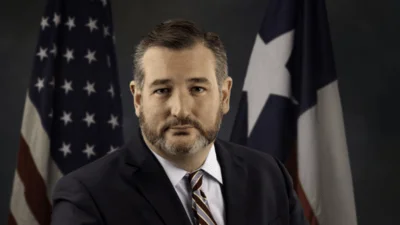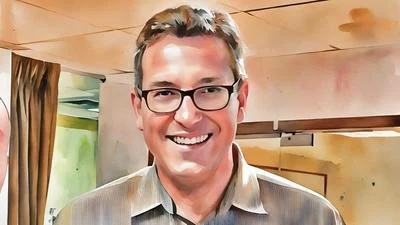The Congressional Record is a unique source of public documentation. It started in 1873, documenting nearly all the major and minor policies being discussed and debated.
“THE INTRODUCTION OF THE SURFACE TRANSPORTATION RESEARCH AND DEVELOPMENT ACT OF 2003” mentioning the U.S. Dept. of Transportation was published in the Extensions of Remarks section on pages E2375-E2376 on Nov. 21, 2003.
The publication is reproduced in full below:
THE INTRODUCTION OF THE SURFACE TRANSPORTATION RESEARCH AND DEVELOPMENT
ACT OF 2003
______
HON. VERNON J. EHLERS
of michigan
in the house of representatives
Thursday, November 20, 2003
Mr. EHLERS. Mr. Speaker, today I rise to introduce an important piece of legislation, ``The Surface Transportation Research and Development Act of 2003.'' Our Nation's transportation system faces tremendous challenges. We have more drivers who are driving more miles leading to severe congestion, particularly in many urban areas. An aging infrastructure is putting a strain on State and local transportation budgets, which are tied up in maintaining our existing system, with little, if any, money left for improving the system and planning for the future. And an aging population and changing development patterns that demand an innovative response to ensure the transportation system meets future needs. The public demands safer, less congested roads, and more transportation choices. Considering that we won't have the ability to simply build more roads to address these challenges, especially in urban areas, we must look at new ways to improve the overall system, to make it safer and more efficient, and to ensure that the system meets future needs.
Fundamental improvements to the entire transportation system depend on high quality surface transportation research. Research can provide the proper tools and information needed to drive solutions. The last time Congress fully examined our Nation's transportation policy was through the debate and passage of the Transportation Equity Act for the 21st Century (better known as TEA-21). While Congress increased funding for overall transportation programs by upwards of 40 percent, funding for transportation research remained relatively flat. I think that lack of investment in research has hurt our ability to meet new challenges. However, simply providing more money for research will not solve our problems. Increased funding must be accompanied by some reforms of the existing research programs.
As Chairman of the House Science Subcommittee on Environment, Technology and Standards, which shares jurisdiction over surface transportation research with the Transportation and Infrastructure Committee, I held a hearing earlier this year to hear from experts on the state of the Federal Government's current surface transportation research program. In addition, we heard from a wide array of interests on how to improve and reform the research program, and the levels at which research should be funded. Based on this input, I am proud to introduce the Surface Transportation Research and Development Act of 2003.
This legislation has three overarching goals: to increase stakeholder input to ensure that the folks who must implement and use the research agree that it is worthwhile and transferable into practice; to create the highest quality research through increased competition and peer-
review of all projects; and to ensure greater accountability so that our research supports the goals of our surface transportation system.
More specifically, the bill:
Creates and funds an important research program run by the National Academy of Sciences to address short to medium-term research needs. Research will focus on reducing congestion, renewing existing roads and bridges while minimizing impact to the public, improving safety by reducing crashes, and developing tools for getting more out of our existing highway capacity and assessing future needs. All projects funded by this program will be competitively awarded and peer-reviewed;
Provides needed funds to implement a public-private cooperative environmental research program, with the goal of developing the knowledge, tools, and performance measures that will help us understand the linkage between the environment and the transportation system;
Calls on the U.S. Department of Transportation to take the lead in carrying out fundamental, long-term research to achieve breakthroughs in transportation research;
Increases funding for University Transportation Centers and ensures greater competition among universities which seek to become transportation research centers;
Reforms and increases the responsiveness of the Bureau of Transportation Statistics to the needs of the transportation community; and
Provides States with additional resources to better train and educate the transportation workforce.
This legislation will significantly, yet prudently, increase funding for transportation research starting at $500 million a year in fiscal year 2004 for Federal research programs and gradually rising to $850 million a year by 2009. These funding levels are based on an overall level of $375 billion for the comprehensive six-year surface transportation reauthorization advocated by the House Transportation and Infrastructure Committee, which I support. I believe my approach ensures that our transportation research is well planned, peer-
reviewed, properly funded, and evaluated and will go a long way to help solve the many challenges facing our Nation's transportation system.
I look forward to working with my colleagues on the Science and Transportation and Infrastructure Committees, the U.S. Department of Transportation, State transportation departments, and all other interested stakeholders as this legislation and the overall reauthorization of TEA-21 progress.
____________________








